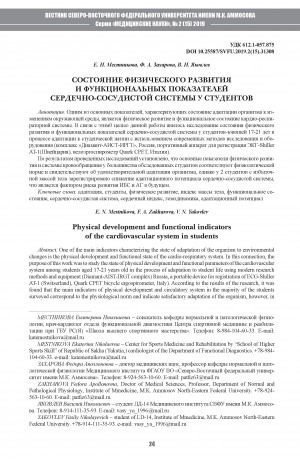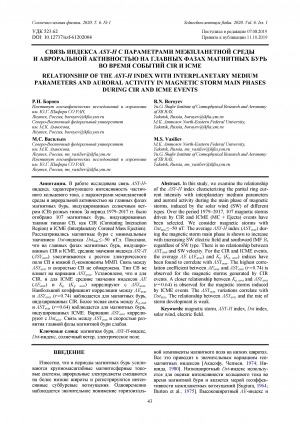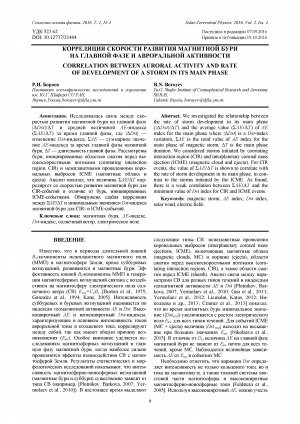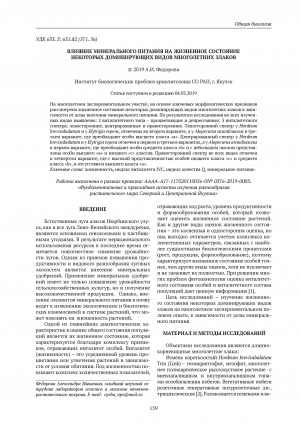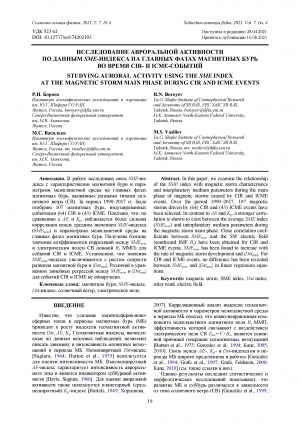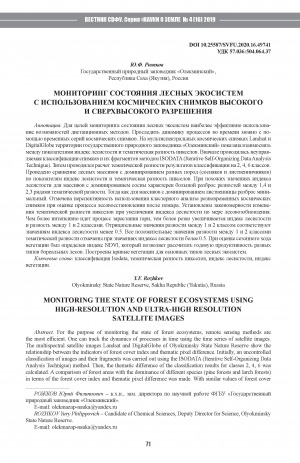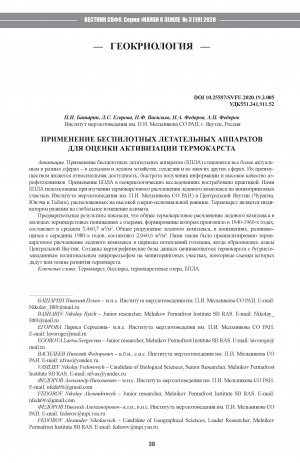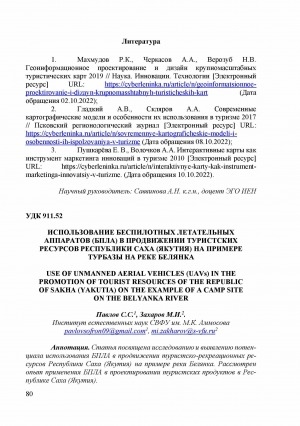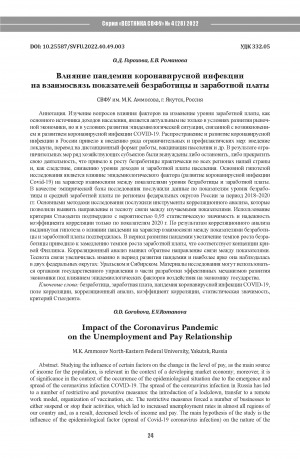В ландшафтных и биогеографических исследованиях особую актуальность имеет оценка процесса фотосинтеза, влияющего на возможность определения продуктивности фитоценозов, расчета прироста фитомассы. Использование беспилотных летательных аппаратов (БПЛА) для оценки индекса листовой поверхности (LAI) со временем получает все больший размах благодаря их малой цены, высокой эффективности функционирования и точности. Основой для определения LAI является модель для щелевой фракции, теоретически оцениваемой с использованием закона Бера-Бугера-Ламберта. Проанализирована возможность определения растительности с применением БПЛА, на борту которого может быть установлен либо лидар либо мультиспектрометр. В первой задаче определяется по методу вычисления логарифма щелевой функции (фракции), умноженной на косинус угла сканирования и деленной на коэффициент ослабления. Во второй задаче используется существующая корреляции между известными вегетационными индексами и . Модели эмпирической статистической регрессии могут быть пригодными для определения LAI после определения различных вегетационных индексов. На основе результатов проводимых мультиспектральных измерений было обнаружено, что методика определения LAI, основанная на измерении интенсивности лучей, прошедших через крону растений приводит к сильно зашумленным оценкам. По этой причине было решено использование щелевой фракции (GF) При этом использован тот экспериментально установленный факт о том, что при умножении логарифма вегетационного индекса на высоту крону указанная корреляция значительно усиливается. Для повышения достоверности полученных значений предложено использовать средне интегральное значение этого показателя, вычисляемого путем составления и вычисления оптимизационной вариационной задачи, содержащей дополнительно вводимое ограничительное условие. При этом удается решить обе задачи на максимум, т.е. появляется возможность повысить отношения сигнал/шум вычисляемой величины индекса . В обоих процедурах оптимизационных расчетов присутствуют обобщенные показатели, имеющие различный физический смысл.
In landscape and biogeographic studies, the assessment of the photosynthesis process, which a ects the possibility of determining the productivity of phytocenoses, calculating the growth of phytomass, is of particular relevance. The use of unmanned aerial vehicles (UAVs) to evaluate the leaf surface index (LAI) is gaining more and more scope over time due to their low price, high operational e ciency and accuracy. The basis for determining LAI is a model for the slit fraction, theoretically estimated using the Bera-Booger- Lambert law. The possibility of determining the LAI of vegetation using a UAV, on board of which either a lidar or a multispectrometer can be installed, is analyzed. In the rst problem, LAI is determined by calculating the logarithm of the slit function (fraction) multiplied by the cosine of the scanning angle and divided by the attenuation coe cient. The second problem uses the existing correlations between known vegetation indices and LAI. Empirical statistical regression models may be suitable for determining LAI after determining various vegetation indices. Based on the results of multispectral measurements, it was found that the LAI determination technique based on measuring the intensity of rays that passed through the crown of plants leads to highly noisy estimates. For this reason, it was decided to use the slit fraction (GF), while using the experimentally established fact that when multiplying the logarithm of the vegetation index by the height of the crown, this correlation is signi cantly enhanced. To increase the reliability of the obtained LAI values, it is proposed to use the average integral value of this indicator, calculated by composing and calculating an optimization variational problem containing an additional restrictive condition. At the same time, it is possible to solve both problems to the maximum, i.e. it becomes possible to increase the signal-to-noise ratio of the calculated value of the LAI index. In both optimization calculation procedures, there are generalized indicators that have di erent physical meanings.



